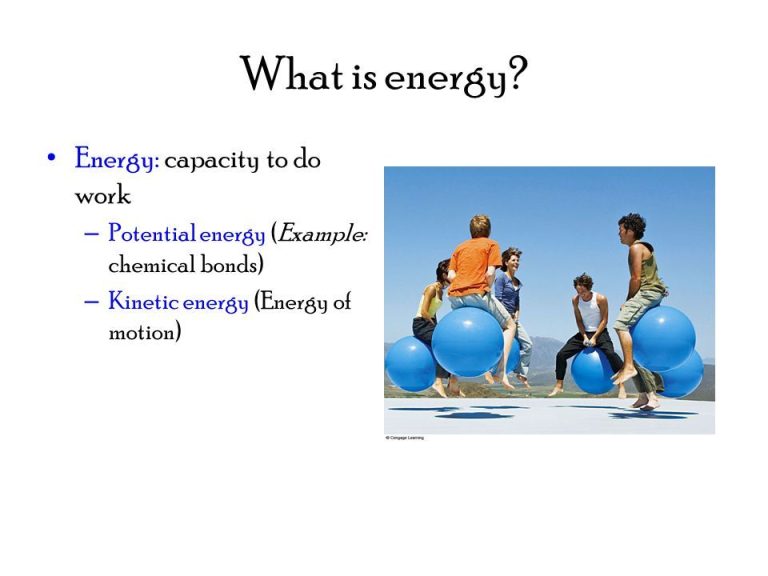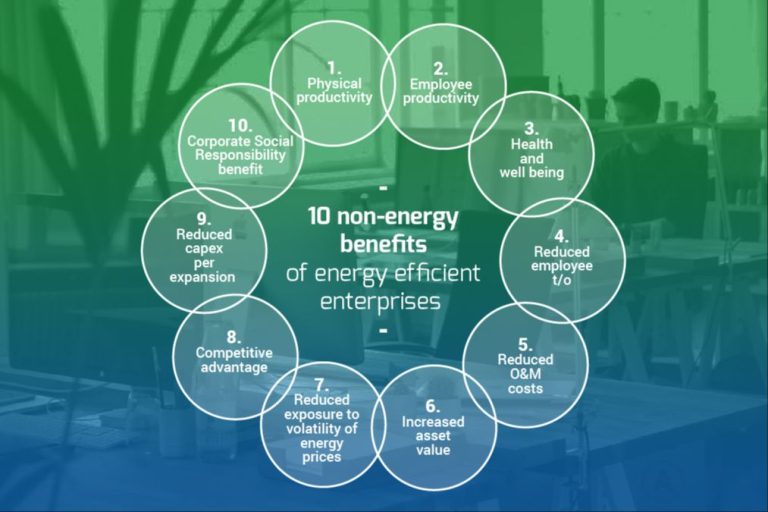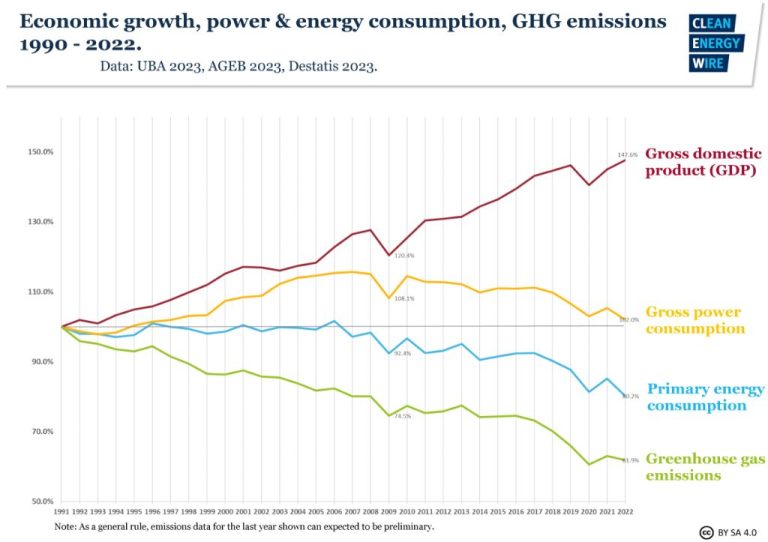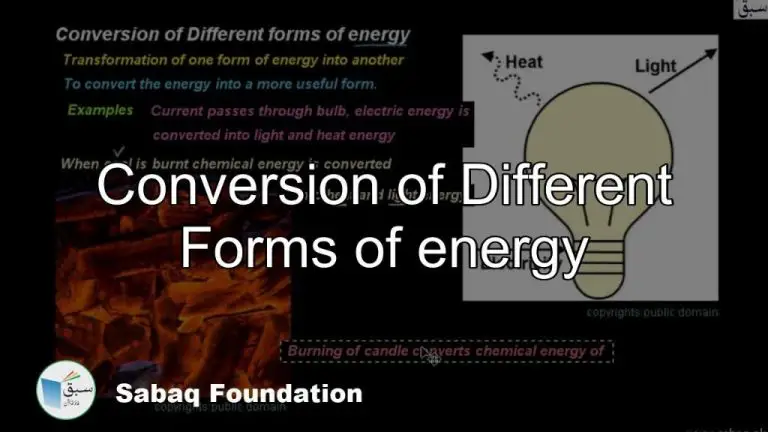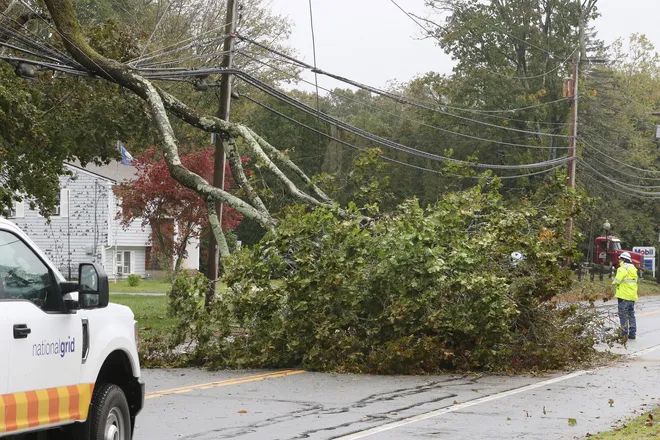What Is The Disadvantage Of Energy Efficient Light Bulbs?
Higher Upfront Cost
The biggest disadvantage of energy efficient light bulbs like CFLs and LEDs is their higher upfront cost compared to traditional incandescent bulbs. CFLs can cost 3-10 times more while LEDs can be 10-25 times more expensive. This significant price difference is often the primary reason people hesitate to switch to energy efficient options.
While CFLs and LEDs have longer lifespans that offset their higher initial prices over time, the large upfront cost remains a major barrier for many consumers. Budget-conscious shoppers are reluctant to pay $5-10 for a CFL or $10-30 for an LED when they can purchase an incandescent for under $1. This means the return on investment takes longer to realize, even though operating costs are lower in the long run.
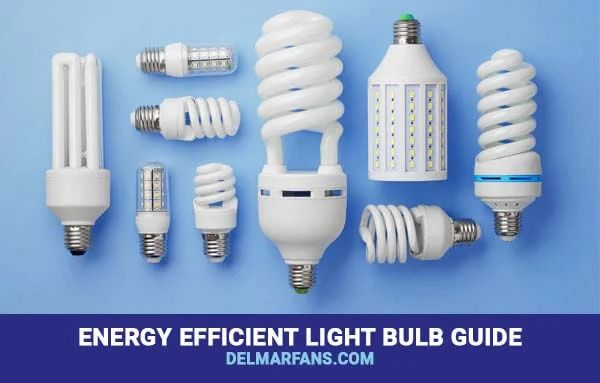
Those furnishing a whole home or replacing many outdated bulbs may experience sticker shock when upgrading to CFLs or LEDs throughout. However, many utility companies and retailers now offer rebates and markdowns to make energy efficient options more affordable. Buying in bulk online can also sometimes reduce per bulb prices. But there’s no getting around the fact that higher quality and energy savings come at a greater initial expense.
Contain Mercury (CFLs)
CFL bulbs contain a small amount of mercury sealed within the glass tubing, which helps the bulb produce light efficiently. According to the EPA, CFLs contain an average of 4 milligrams of mercury per bulb (https://www.epa.gov/mercury/what-are-connections-between-mercury-and-cfls). By comparison, older thermometers contain about 500 milligrams. While 4 mg seems small, mercury is hazardous if the bulb breaks and mercury vapors are released.
The IDPH states that symptoms of mercury exposure include tremors, emotional changes, insomnia, neuromuscular changes, and headaches (http://www.idph.state.il.us/envhealth/factsheets/fluorescent_light_bulb.htm). High or prolonged exposure can harm the brain, heart, kidneys, lungs, and immune system. Fetuses and young children are especially sensitive.
To avoid risk, the EPA recommends airing out the room and carefully cleaning up broken CFLs. But intact CFLs pose no health risk, making them a good lighting option overall, given their energy efficiency.
Some people find the light from CFLs and LEDs too ‘cold’ or off-putting. The light emitted from LED and CFL bulbs has a higher color temperature and emits more blue light than traditional incandescent bulbs. This can create an environment that feels stark, clinical, or unnatural to some.
The cooler light quality can contribute to eye strain and headaches in those sensitive to light, especially from compact fluorescent lamps (CFLs) which have spikier light output [1]. LEDs tend to have less fluctuations than CFLs, but some still report discomfort from the light. Those with conditions like migraine or vision sensitivities seem impacted most [2].
Not Dimmer Compatible
One of the major disadvantages of energy efficient CFL and LED bulbs is that many are not compatible with standard dimmer switches [1]. Dimmer switches work by reducing the voltage going to the bulb, which allows less electricity to reach the filament and dim the light. However, standard dimmers often don’t work well with CFL and LED bulbs because they require a minimum load to operate properly.
CFL and LED bulbs are designed to operate at a specific voltage, and reducing that too much can cause flickering, buzzing, premature failure, or prevent the bulb from turning on at all. That’s why dimmable CFL and LED bulbs have special circuitry built in to be compatible with dimmers. So when using a dimmer switch, it’s essential to use bulbs that are explicitly labeled as “dimmable.” Otherwise, you may experience frustration and disappointment with the performance and lifespan of the bulbs.
Checking for dimmer compatibility is an important consideration before upgrading your lighting to more energy efficient options. If your lighting relies on dimmers for ambience or convenience, make sure to choose the right dimmable bulbs or consider upgrading the dimmer switches themselves to more modern types designed for LEDs.
Slow to Reach Full Brightness
Unlike traditional incandescent bulbs that achieve full brightness as soon as they are switched on, many energy efficient bulbs like CFLs and LEDs can take some time to warm up and reach their maximum light output. This is because CFLs and LEDs require a higher operating temperature than incandescent bulbs to emit light.
The start-up time varies between different models of CFL and LED bulbs. Some may only take a few seconds to turn on, while others can take 30 seconds or longer to achieve full brightness. This delay can be an annoyance in certain applications where immediate full illumination is desired, like stairwells or bathrooms.
However, once CFLs and LEDs do reach their operating temperature and maximum brightness, they remain consistently bright until turned off again. So the slow start-up is a one-time occurrence, not an ongoing issue. Just be aware of the potential warm-up period when choosing bulbs for fixtures where this may be problematic.
Temperature Sensitive
Both CFL and LED bulbs can have issues performing optimally in very cold or hot temperatures.1 CFL bulbs in particular become less efficient in cold weather conditions. The internal components of a CFL can have trouble starting up in cold temperatures below 50°F. Once operating, light output and lifespan are reduced in cold environments.2
LED bulbs are better suited for cold weather use than CFLs. However, extreme cold can still impact performance. LEDs thrive in temperatures down to -4°F but light output will decrease in freezing temperatures below that. Hot temperatures above 95°F can shorten lifespan and reduce light output of LED bulbs.3 Properly rating and testing bulbs for use in hot or cold climates can help minimize impacts.
Lifetime Varies
The advertised lifetime of energy efficient LED and CFL bulbs can be misleading. Manufacturers often claim lifetimes of 10,000 to 50,000 hours. However, the actual lifespan can vary significantly depending on use conditions.
For LED bulbs, excessive heat is the biggest reducer of lifespan. Using LED bulbs in enclosed fixtures without sufficient ventilation can shorten the lifespan to just a few thousand hours. Operating the LEDs at higher than rated voltage can also decrease the lifespan exponentially [1].
For CFL bulbs, frequent on/off cycling significantly shortens the lifespan. CFLs last longest when left on for extended periods, while frequent power cycling can reduce the lifespan to just a few thousand hours. CFL lifespan is also reduced by high ambient temperatures [2].
So while LED and CFL bulbs can theoretically last many years, poor ventilation, improper voltage, and frequent power cycling can greatly reduce the real-world lifespan.
Bulky Design (CFLs)
Large, spiral CFL bulbs may not fit well in fixtures designed for incandescents. Unlike the slender form factor of incandescent bulbs, CFLs are bulkier in size and have a curly, spiral shape. This can limit compatibility with certain light fixtures and lampshades that were designed to accommodate straight incandescent bulbs. The mismatch in size and design means CFLs may not make full contact with lamp sockets, causing them to overheat or not light properly. As a result, CFLs may not be suitable replacements for all existing incandescent fixtures without modifications. According to an article by Viribright, “The large, obtrusive shape of CFL bulbs makes them difficult to use in chandeliers and other decorative fixtures.” https://viribright.com/blogs/insights/comparing-led-vs-cfl-vs-incandescent-light-bulbs
Disposal Challenges
Compact fluorescent light bulbs (CFLs) contain a small amount of mercury and should be recycled properly to prevent mercury from being released into the environment. According to the EPA, CFLs should be recycled at local household hazardous waste collection sites, hardware stores, municipal recycling centers, or other locations that accept CFLs (EPA). However, recycling options for CFLs may be limited depending on where you live.
If recycling is not available, the EPA recommends placing used CFLs in two sealed plastic bags and putting them in the regular trash. CFLs should never be placed in the recycling bin with other recyclables. Broken CFLs should be cleaned up carefully using stiff paper or cardboard to scoop up glass fragments and powder. These materials should also be put in a sealed plastic bag and disposed of in the regular trash (EnergyStar).
Proper disposal of CFLs helps prevent mercury from contaminating landfills and incinerators. However, limited access to CFL recycling poses a challenge for many consumers who want to dispose of these bulbs responsibly.
Not for Every Use
Due to the technology involved, energy efficient light bulbs like CFLs and LEDs may not be suitable for certain applications. For example, cold temperatures inside refrigerators or ovens can affect bulb performance. Energy efficient bulbs also don’t often work well with motion detecting lights or sensors that require a bulb to reach full brightness quickly <1>.
Additionally, some enclosed fixtures like oven lights require specific LED bulbs rated for higher temperatures https://blog.1000bulbs.com/home/what-is-an-enclosed-fixture-rating. Using the wrong type of LED in an enclosed space poses a fire hazard.

